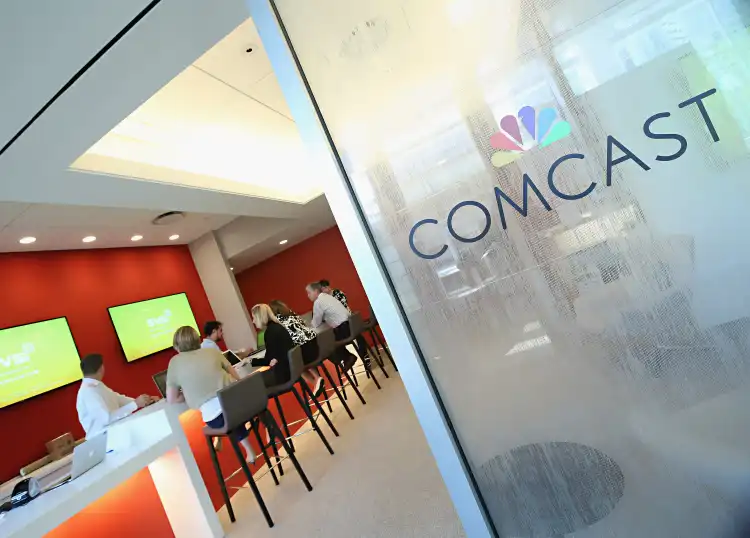Inside the Historic Reach Carriage Deal
After a six-week blackout that left millions of viewers in the dark, Tegna, a major American television station group, has finally secured a new reach carriage deal with DirecTV. This landmark agreement marks a turning point in the ongoing saga of cord-cutting, content rights, and the future of television. Let’s dive into the details of the Tegna Reach Carriage Deal and explore its implications for the industry and viewers alike.

The Blackout: A Spark for Change
The dispute between Tegna and DirecTV began in November 2023, with both sides unable to reach an agreement on the fees DirecTV would pay to carry Tegna’s 64 stations across 51 markets. This standoff resulted in a frustrating blackout for millions of DirecTV subscribers, who suddenly found themselves without access to local news, weather, and entertainment programming.
The inconvenience sparked outrage and frustration, with viewers voicing their concerns on social media and even contacting lawmakers. The pressure mounted, highlighting the importance of local content and the growing dissatisfaction with the rising costs of cable and satellite television.
The Agreement: A Win for Viewers and Content Creators
Fortunately, after weeks of negotiations, both sides reached a multi-year Tegna Reach Carriage Deal. The terms remain confidential, but the agreement signifies a crucial victory for both parties. Viewers regained access to their favorite local channels, while Tegna secured a fair compensation for its content, ensuring its continued production and distribution.
The Implications: A New Chapter for Television?
The Tegna Reach Carriage Deal has several significant implications for the television landscape:
- Empowering Local Content: The deal reaffirms the value of local news and programming, demonstrating the continued demand for regionally-produced content. This could pave the way for further investments in local journalism and diverse storytelling.
- Shifting Power Dynamics: The agreement suggests a potential shift in the balance of power between content creators and distributors. With viewers increasingly vocal about their preferences and demanding access to local content, broadcasters like Tegna may have more leverage in future negotiations.
- Rethinking the Cord-Cutting Landscape: While the deal benefits DirecTV subscribers, it also highlights the challenges faced by traditional television providers. The blackout served as a stark reminder of the cord-cutting trend, with viewers increasingly turning to streaming services and online alternatives for their entertainment needs.
The Road Ahead: A Future of Choice and Innovation
The Tegna Reach Carriage Deal is just one chapter in the ongoing story of television’s evolution. As technology advances and viewer preferences shift, the industry must adapt. We can expect to see:
- Increased Competition: The battle for viewers’ attention will intensify, with traditional providers vying for market share with streaming platforms and other innovative services.
- Focus on Value and Convenience: Consumers will demand more affordable and accessible options, valuing content quality, personalized experiences, and flexible viewing options.
- Content Diversification: The rise of niche streaming services and the growing demand for diverse perspectives will likely lead to a wider variety of content, catering to specific interests and communities.
Conclusion: Reach Carriage Deal
The Tegna Reach Carriage Deal is a reminder of the power of local content, the importance of viewer choice, and the need for innovation in the television landscape. While the future of television remains uncertain, this agreement offers a glimmer of hope for viewers, content creators, and the industry as a whole. As we navigate the changing landscape, one thing is clear: the future of television belongs to those who can adapt, innovate, and deliver the content viewers truly want.
